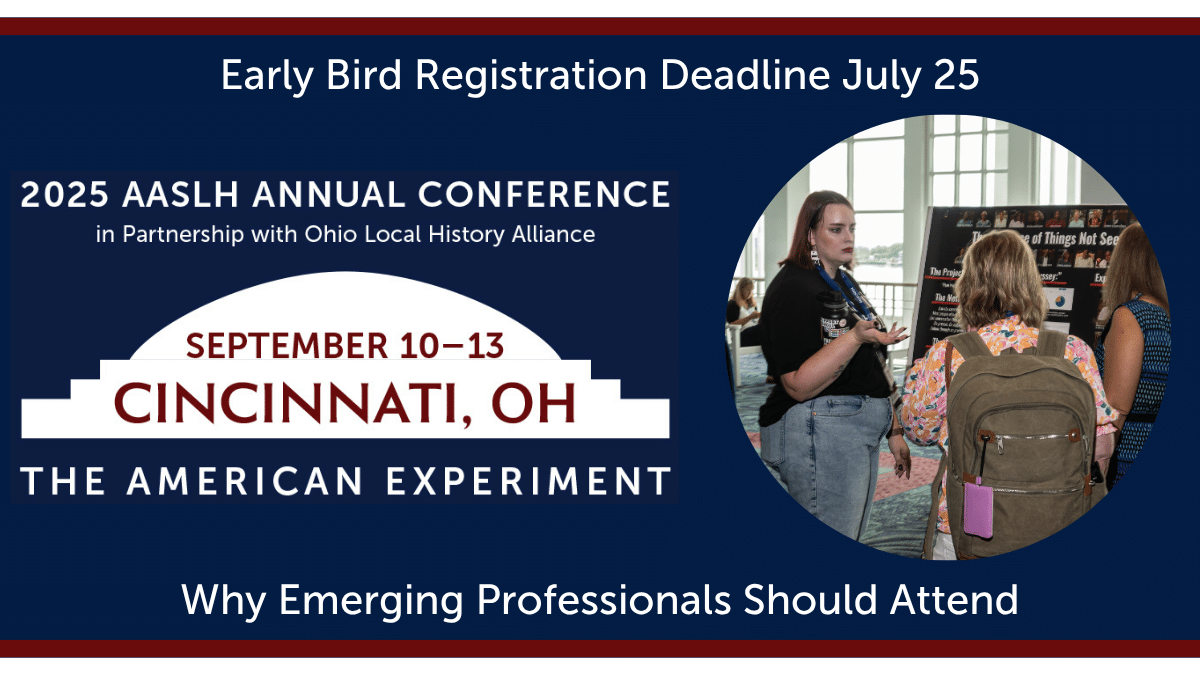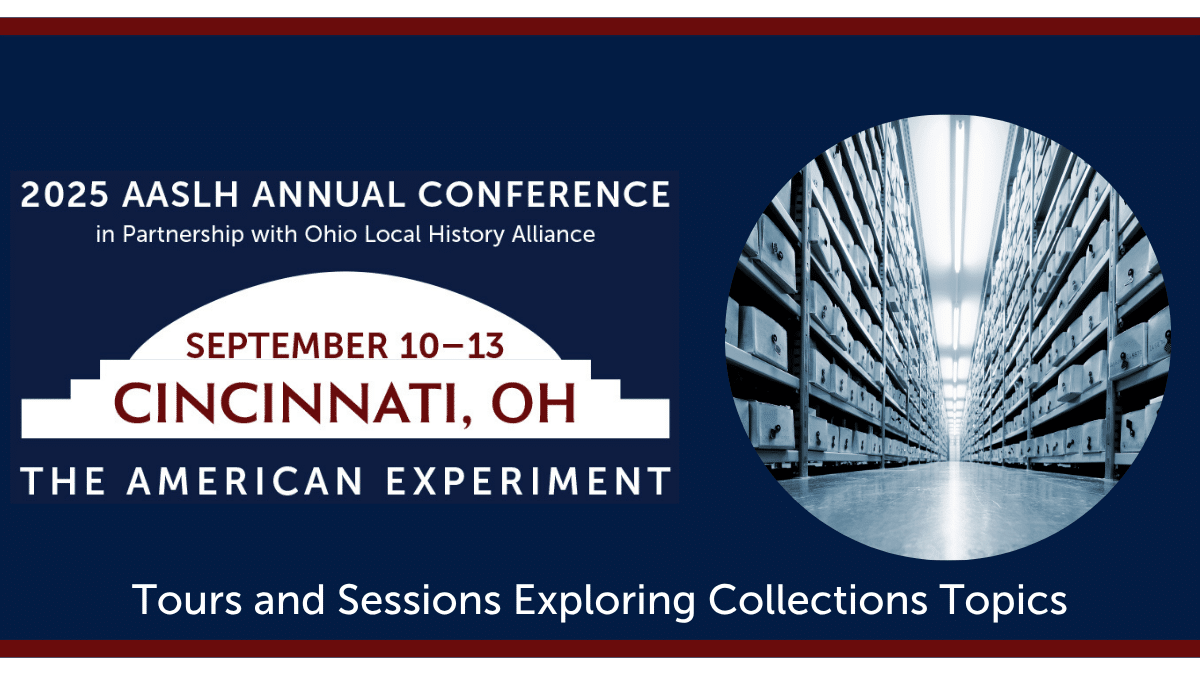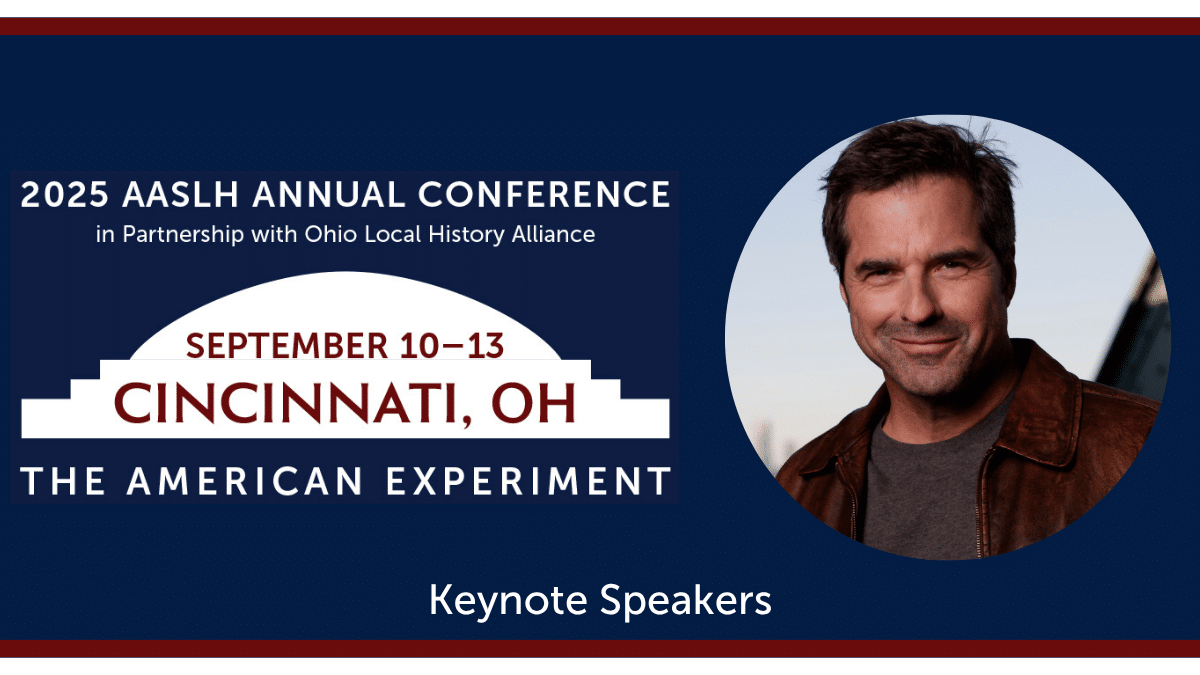
By Avi Decter and Ken Yellis
The perfect storm we have been living through has given the word pivot new currency and relevance. Everyone, or so it seems, has begun to pivot―from the real to the virtual, from in-person and face-to-face engagement to social distancing and remote workplaces. Many of our museums, historic sites, zoos, and gardens have pivoted as well, closing themselves to the public and even to their own staffs.
One consequence for museum and public history professionals is a pivot from an energizing sense of productivity and meaning to a palpable sense of sorrow and loss and uncertainty. We’ve heard background echoes of these feelings in Zoom calls and meetings we’ve sat in on over the past couple of months. What, folks have been wondering, are we supposed to do now?
We can’t answer that question for everybody, but we can offer this as fellow professionals: we are in a moment. We can either let it play out or, as our title suggests, we can find ways to seize it. Carpe diem is, we think, the healthiest and most promising stance toward the disordered universe we find ourselves in.
The reality is that even now, when so many unknowns are at work, we have agency, and while our ability to act may be constrained, it is far from gone. We can choose to examine our circumstances, reassess our resources, and hold ourselves open to new opportunities as they announce themselves to us. Being ready all the time ought to be our default mindset.
What we propose is a kind of journey of exploration and discovery, experimentation and learning. Taking small steps in new and meaningful directions can lead us, our organizations, and our communities toward better versions of ourselves for years to come. Here are a number of specific approaches that might help to guide us on our varied journeys. Some are counter-intuitive, to be sure, but in a crazy time a bit of contrary thinking is in order!
Replace strategic planning with strategic thinking: Every few years, our institutions feel required to develop or revise their strategic plans. Everyone is mobilized in the effort―board, staff, community leaders, and opinion-makers. After the dust settles, the strategic plan typically finds a resting place in a file cabinet or as a space-filler on a decorative shelf, never to be consulted until the next update is necessary, usually a matter of extending by a year or two the timeline for accomplishing goals.
Ordinarily, strategic plans call for champagne and cocktails somewhere down the road, but at the moment it is raining lemons. We suggest making lemonade.
In fact, if not in theory, most of our institutions are already practicing strategic thinking, engaging in a continuous process of identifying strategic challenges and seizing unforeseen opportunities as they rise to the surface of consciousness. This makes thinking immediate, relevant, and meaningful. If you want to know more about strategic thinking, by all means contact your local business school! Beyond this, familiarize yourself with what local merchants are doing and how they’re responding. What’s going on in small STEM or charter schools in your communities? How are small theater groups adapting to changing audience behavior and cultural assumptions?
Staff up, not down: When colleagues are being furloughed or losing their jobs, it seems almost impossible or inhumane to contemplate new hires. But a couple of thousand dollars won’t buy someone’s job back or even postpone their lay-off for a meaningful period of time. It’s dangerous to undertake re-opening or program continuity with human resources depleted and demoralized. Those small investments can buy you a full-time summer fellow (eight to ten weeks of work), plus the equivalent of a day’s worth of exceptional consulting time.
New talent in this form can expand and diversify the voices engaged in thinking about and organizing new initiatives and ensuring you’ve got coverage where you need it. These neophytes can also bring different kinds of experience and background to the table and, having never been in the box, are freer to think outside it.

Flatten the hierarchy and expand the chorus: We are hearing a lot about DEAI these days and also a lot of calls for leveling out our conventional hierarchies. These are complex, sensitive issues, but they need not be all-or-nothing challenges. We can take some small steps toward making things more open―and they are even reversible if they fail to deliver. One approach is to take seriously the idea of staffing up with new and possibly provocative voices, as suggested previously.
Another is to organize one or more teams or task groups to address a new and pressing problem. If we stop to reflect, we’ll find that whenever we have a crisis, we don’t turn to our usual suspects―we organize a task force composed of regulars and irregulars to deal with the issue at hand. If, however, we constitute these groups with insiders and outsiders, senior staff and newbies, experts and amateurs, we are likely to hear new voices and to gain new perspectives while trying out a more inclusive and democratic model.
Think nationally―and globally! We are all pivoting toward the digital, complaining as we do that we may be losing touch with our local constituents and communities. However, if we turn the process on its head, we discover that our new virtual programs have potential to connect us to national and even global audiences―and resources―as well as to re-connect us to our local crowd.
This is a moment that cries out for seizing. While what works for a strictly local clientele may not work for a more cosmopolitan crowd, digital media might be useful in catching up with natives who have migrated out, but still retain an interest in the old home town. And our unique resources, if shared in clever ways, might draw an unusual, disproportionate level of attention from the previously uninterested all over the place.
Serendipity and surprise can spark interest: Many, perhaps most, museums earn their reputations for some specific aspect of their institution―an exceptional collection, or a beautiful facility, or outstanding programs, or publications. But digital media enables every museum to dig into and re-mine its collections, foregrounding resources that are less well-known. While an art museum may never be able to fully display or interpret its archive, its holdings might well spark new interest among a new or wider audience. Resources that rarely or never see the light are perfect grist for the digital media mill. And nothing is more exciting than having a new story to tell or having the chance to tell an old story differently.
Pilot new kinds of collaborations and partnerships: Typically, when a museum starts to think about collaborations or partnerships, we start with our near neighbors, usually for very good reasons: often, these are institutions that complement our museum. A community center, a public park, a local library, college, or university are all good examples of the kinds of institutions that might share our interests, but draw on somewhat different segments of the community. Now, with the field’s pivot to the virtual, it is possible for museums and sites located very far from each other to work together on a digital project that highlights their overlapping interests and resources. As some recent initiatives suggest, pilot collaborations that transcend time and space can yield new knowledge, new networks, and new users.
Any or all of these initiatives can be organized as one-off, short-term experiments. And if they are treated as pilots, forays into the unknown, the goals are simple and clear―to learn what works and what doesn’t at minimal cost and risk. Seize the lemonade moment! The success rate will fluctuate, but what will be constant is the environment of new challenges, learning, and personal growth. If we hold ourselves in readiness, we are likely to find that environment stimulating and nourishing. Seize the day.
Avi Decter ([email protected]), principal of History Now, has worked in public history for over forty years, and is the author of Interpreting American Jewish History at Museums and Historic Sites. His many projects include the Boott Cotton Mill at Lowell National Historical Park; the U.S. Holocaust Memorial Museum; Louisville Slugger Museum and Visitor Center; and the National Civil War Museum in Harrisburg, Pennsylvania.
Ken Yellis ([email protected]), principal of Project Development Services, is a historian with four decades in the museum field. Yellis has worked extensively with the Museum Education Roundtable and has been involved in over a hundred history, science, and art exhibitions.
How is your institution coping with COVID-19? Share your ideas and experiments with the field on our blog. Email [email protected] to submit a blog post.



